Contemporary interior design continues to evolve, embracing both cutting-edge innovation and timeless elegance. Today's design landscape celebrates the harmony between functionality and aesthetics, where smart technology seamlessly integrates with natural materials and sustainable practices. From the resurgence of warm earth tones to the growing popularity of curved furniture and biophilic elements, contemporary spaces now prioritize wellness, comfort, and personalization. These designs reflect our collective desire for homes that adapt to modern lifestyles while maintaining visual sophistication and emotional resonance.

1. Earthy Minimalist Contemporary Living

Contemporary minimalism embraces warm earth tones like terracotta browns, soft beiges, and muted greens to create serene yet grounded environments. This style features clean-lined furniture in natural materials, uncluttered surfaces, and strategic lighting that highlights architectural details. Large windows flood spaces with natural light, while textured wall finishes in clay-based plasters add tactile interest without overwhelming the peaceful atmosphere. Furniture pieces are carefully selected for both function and form, often incorporating sustainable materials like reclaimed wood and organic cotton textiles.
2. Smart Home Contemporary with Integrated Technology

Modern technology seamlessly blends into contemporary design through voice-controlled lighting systems, automated window treatments, and invisible entertainment centers. Smart thermostats and lighting fixtures become sculptural elements that enhance rather than disrupt the aesthetic flow. Wireless charging stations integrate into furniture surfaces, while smart mirrors in bathrooms provide both functionality and modern appeal. The design prioritizes clean cable management and hidden technology infrastructure, ensuring that advanced features remain accessible yet visually unobtrusive throughout the living space.
3. Curved Contemporary Organic Design
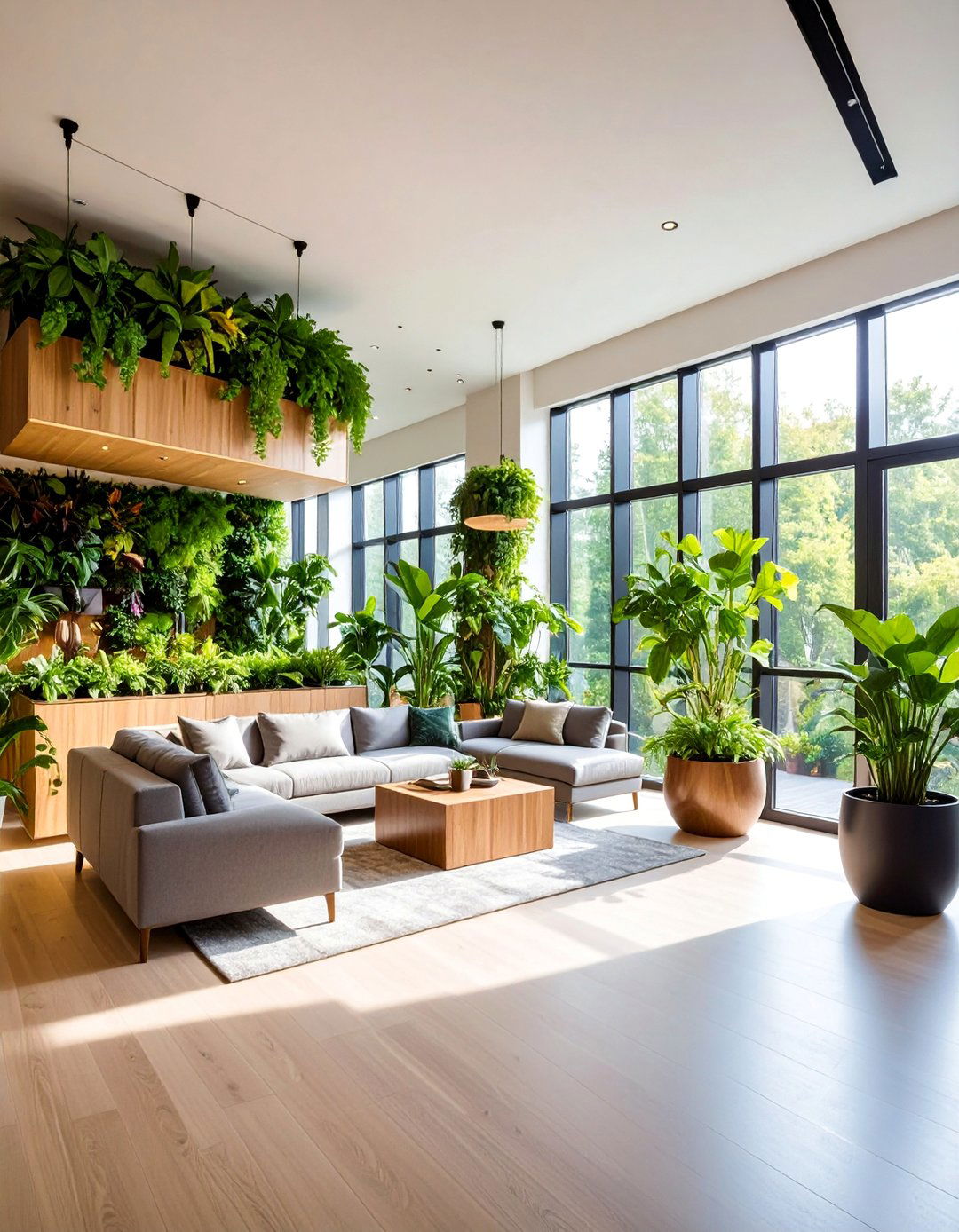
Soft, flowing lines dominate this contemporary approach through rounded sofas, circular coffee tables, and organic-shaped accessories that create visual harmony. Curved architectural elements like arched doorways and rounded corners soften traditional angular spaces, promoting relaxation and flow. Furniture pieces feature gentle contours and plush upholstery in neutral tones, while lighting fixtures echo these organic forms through globe pendants and sculptural floor lamps. Natural materials like smooth stone and polished wood enhance the tactile quality of curved surfaces throughout the environment.
4. Contemporary Maximalist Color Expression

Bold jewel tones including emerald green, sapphire blue, and amethyst purple create dramatic focal points against neutral backgrounds in this expressive contemporary style. Layered patterns, textures, and colors combine thoughtfully to avoid chaos while maintaining visual excitement and personality. Rich velvet upholstery, metallic accents, and statement artwork contribute to the luxurious atmosphere without sacrificing modern sensibilities. Carefully curated collections of books, art, and decorative objects create vignettes that tell personal stories while maintaining sophisticated design principles.
5. Biophilic Contemporary Living Spaces
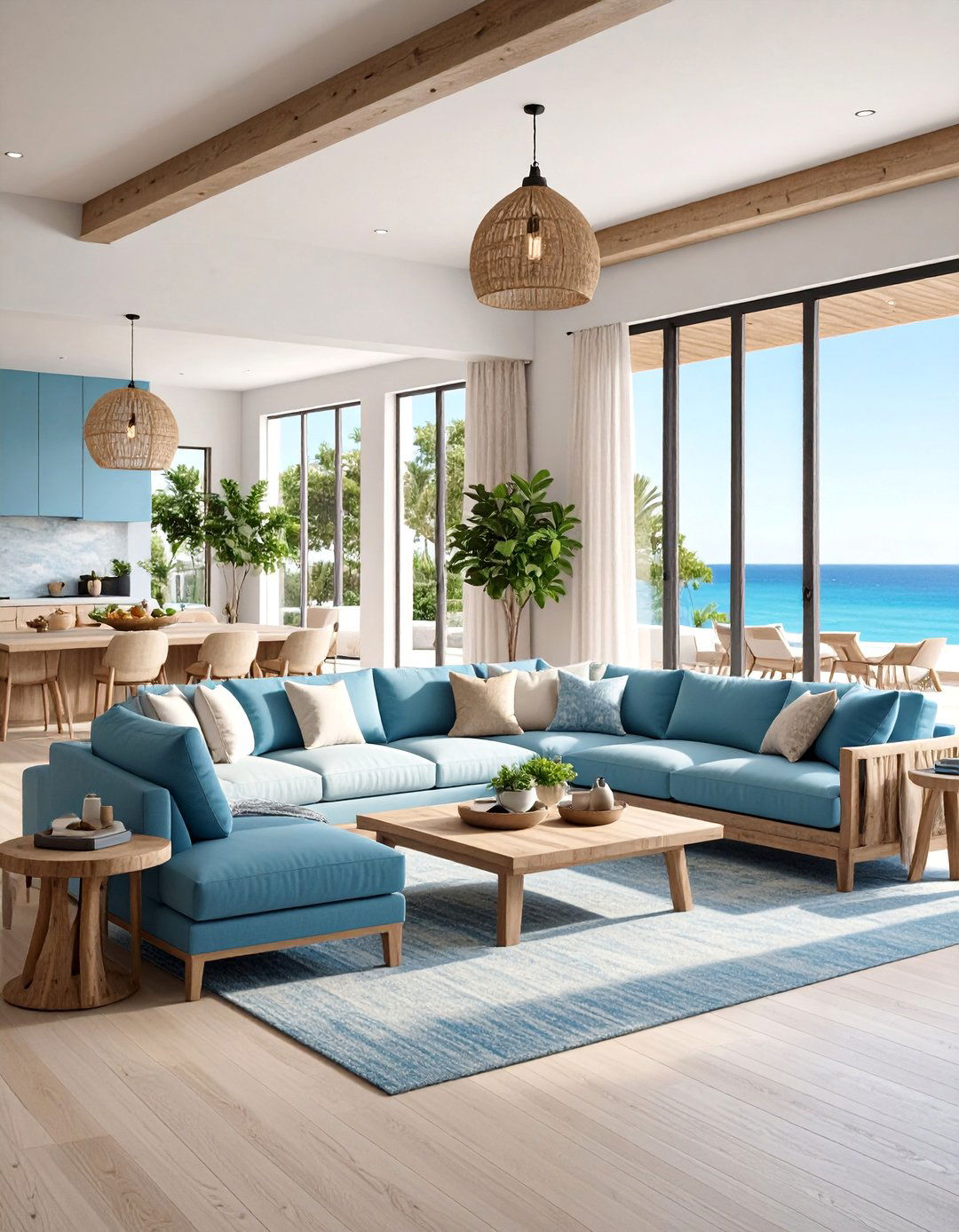
Natural elements integrate throughout contemporary interiors through living walls, organic materials, and abundance of greenery that promotes wellness and connection to nature. Large-scale planters with architectural plants like fiddle leaf figs and monstera deliciosas become sculptural focal points in modern settings. Natural light optimization through strategic window placement and light-colored surfaces enhances plant growth while creating bright, airy atmospheres. Stone accents, wood textures, and water features contribute to the sensory experience of bringing the outdoors inside.
6. Contemporary Industrial Refined Aesthetic
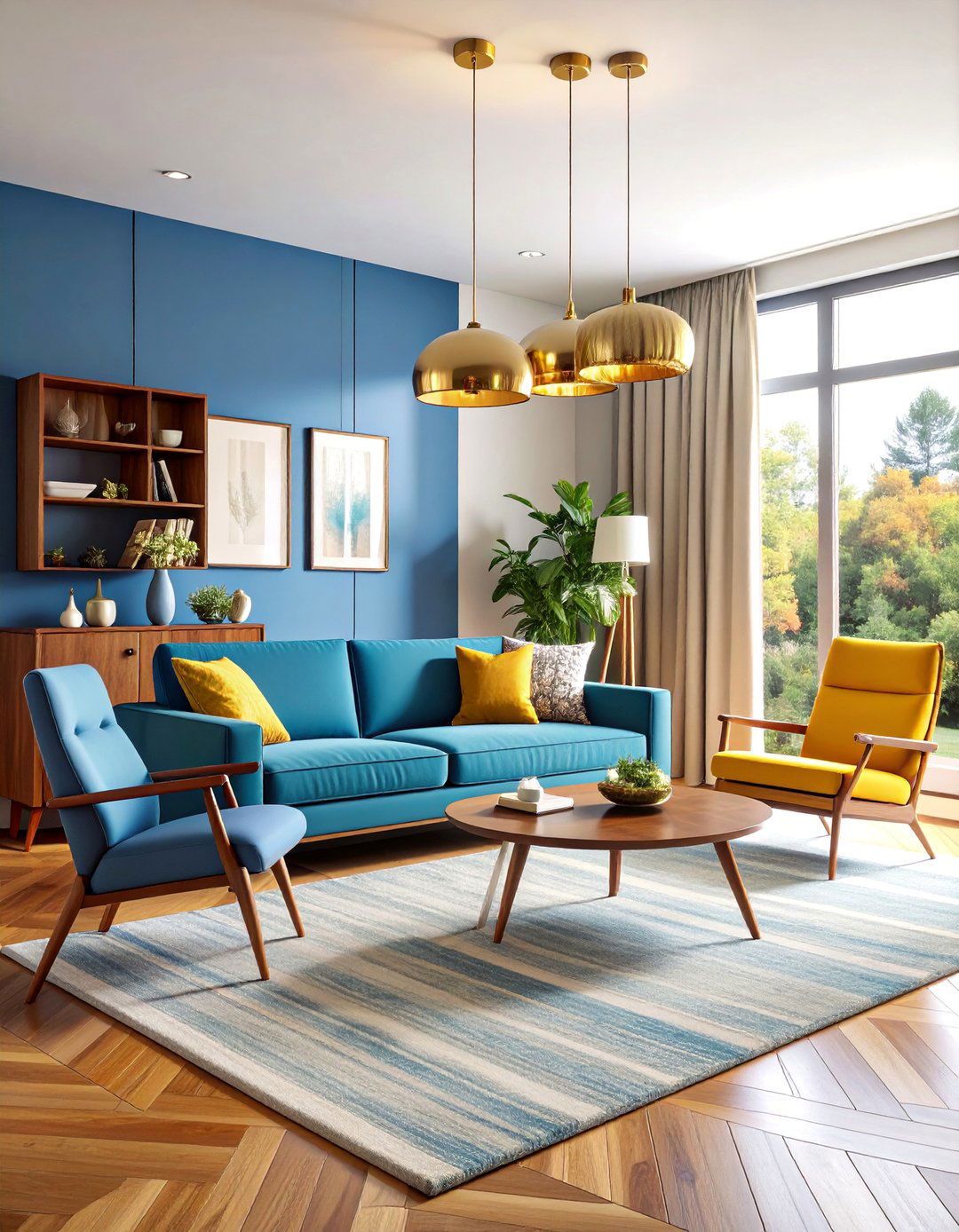
Exposed structural elements like steel beams and concrete walls receive sophisticated treatment through polished finishes and strategic lighting that celebrates raw materials. Industrial fixtures including pendant lights and metal furniture gain elegance through careful proportion and high-quality materials. Warm wood tones and soft textiles balance the harder industrial elements, creating inviting spaces that maintain contemporary edge. Open floor plans showcase the architectural bones while contemporary art and modern accessories add refinement to the utilitarian foundation.
7. Sustainable Contemporary Eco-Conscious Design
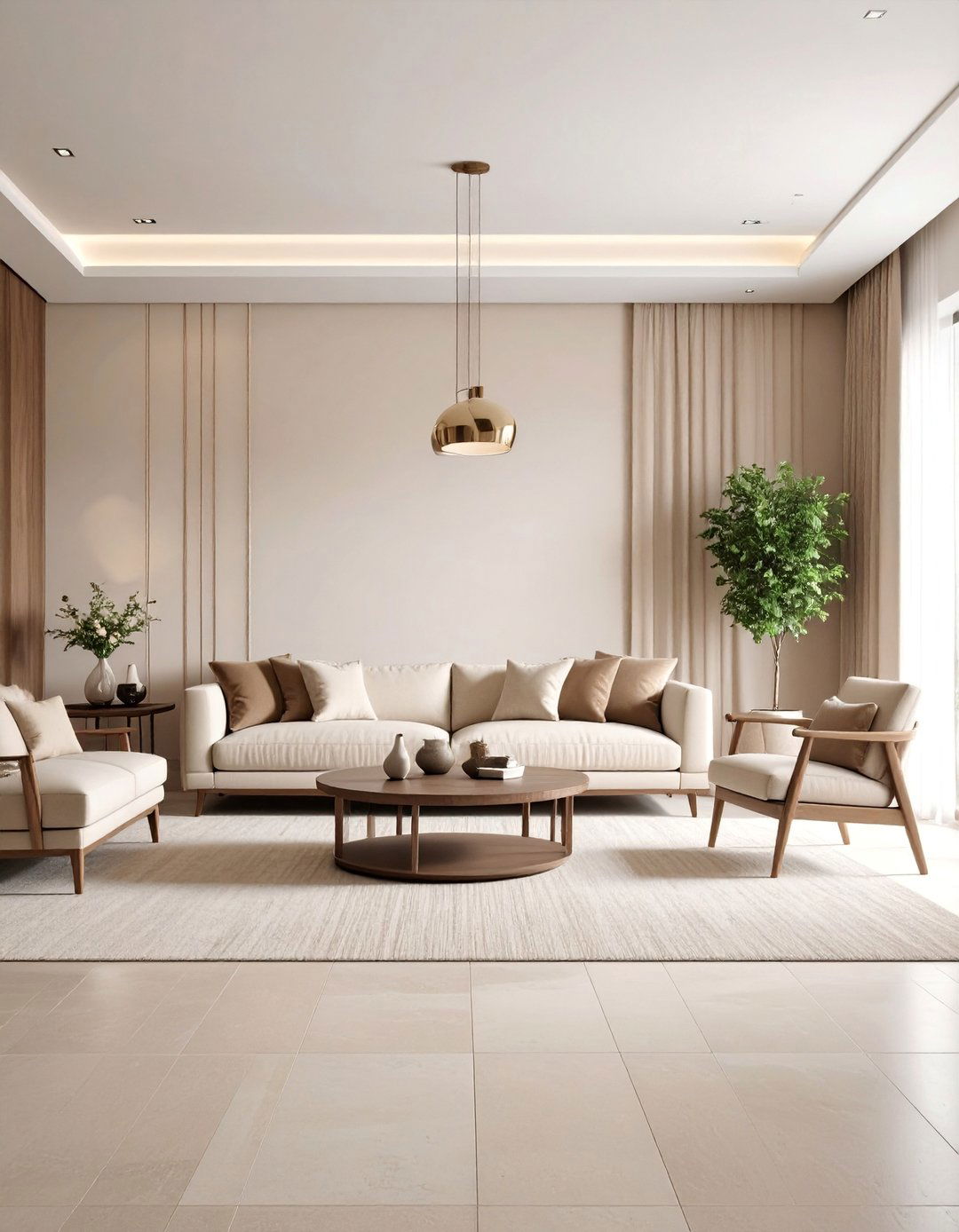
Environmentally responsible materials like reclaimed wood, recycled metals, and low-VOC finishes create contemporary spaces that prioritize both style and sustainability. Energy-efficient LED lighting systems and smart home technology reduce environmental impact while enhancing modern convenience and comfort. Vintage and antique furniture pieces mix with contemporary designs to promote conscious consumption and unique personal expression. Natural fiber textiles, organic cotton, and sustainable bamboo products contribute to healthier indoor air quality while maintaining sophisticated aesthetic appeal.
8. Contemporary Coastal Modern Retreat
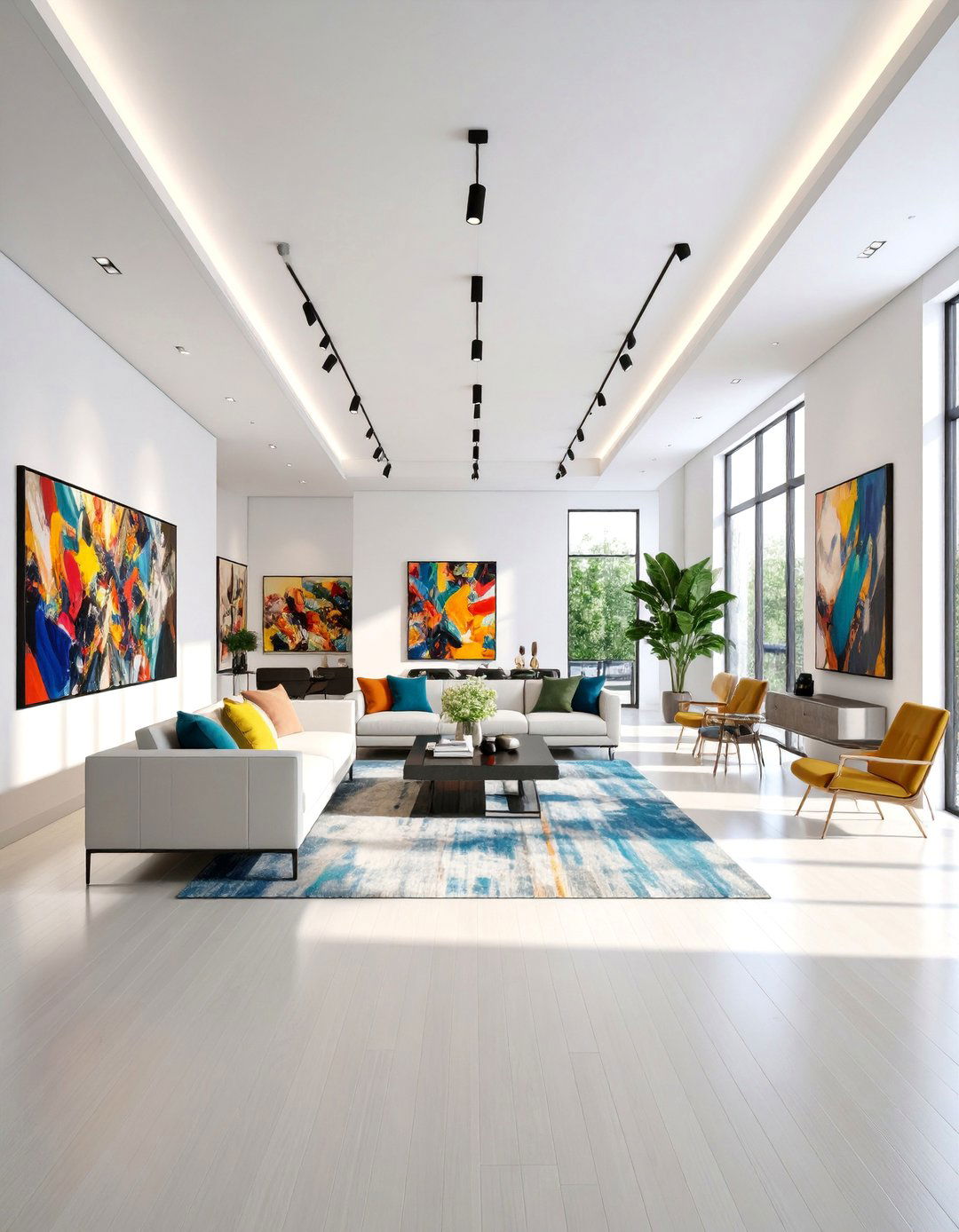
Ocean-inspired color palettes featuring soft blues, sandy beiges, and driftwood grays create tranquil contemporary spaces that evoke seaside relaxation. Natural textures like jute rugs, linen upholstery, and weathered wood furniture contribute to the relaxed coastal atmosphere without sacrificing modern sophistication. Large windows and glass doors maximize views and natural light while white and cream color schemes reflect brightness throughout the space. Minimal accessories with organic shapes and natural materials maintain the serene, uncluttered feeling of contemporary coastal living.
9. Contemporary Mid-Century Modern Revival
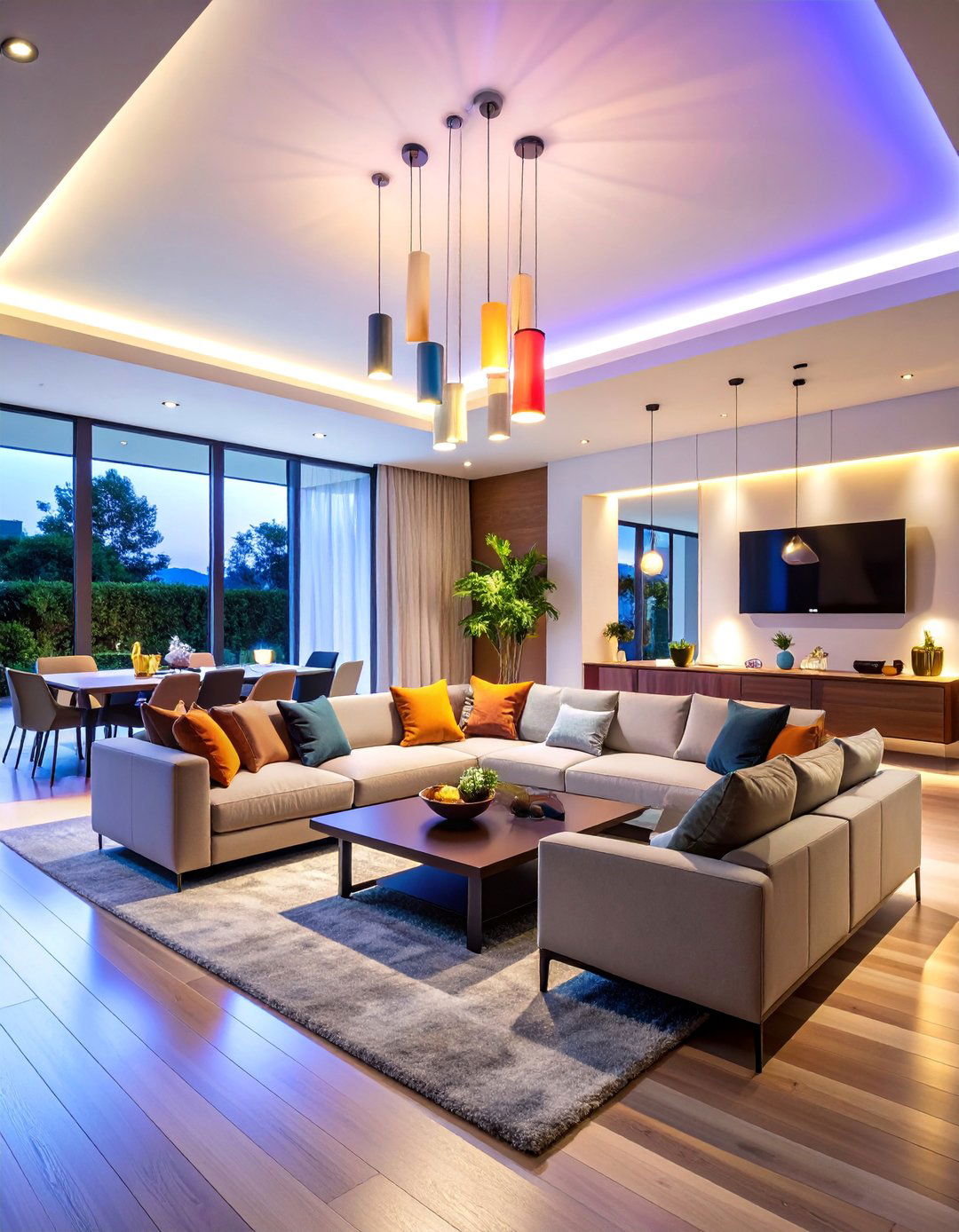
Classic mid-century furniture pieces like Eames chairs and Danish modern credenzas integrate with contemporary accessories and updated color palettes. Clean geometric lines, tapered furniture legs, and warm wood tones create spaces that feel both nostalgic and current. Statement lighting fixtures including Sputnik chandeliers and atomic-inspired designs add period authenticity while modern artwork and contemporary textiles keep the look fresh. Rich jewel tones and bold patterns reference the era while contemporary styling prevents the space from feeling dated.
10. Contemporary Japandi Fusion Style
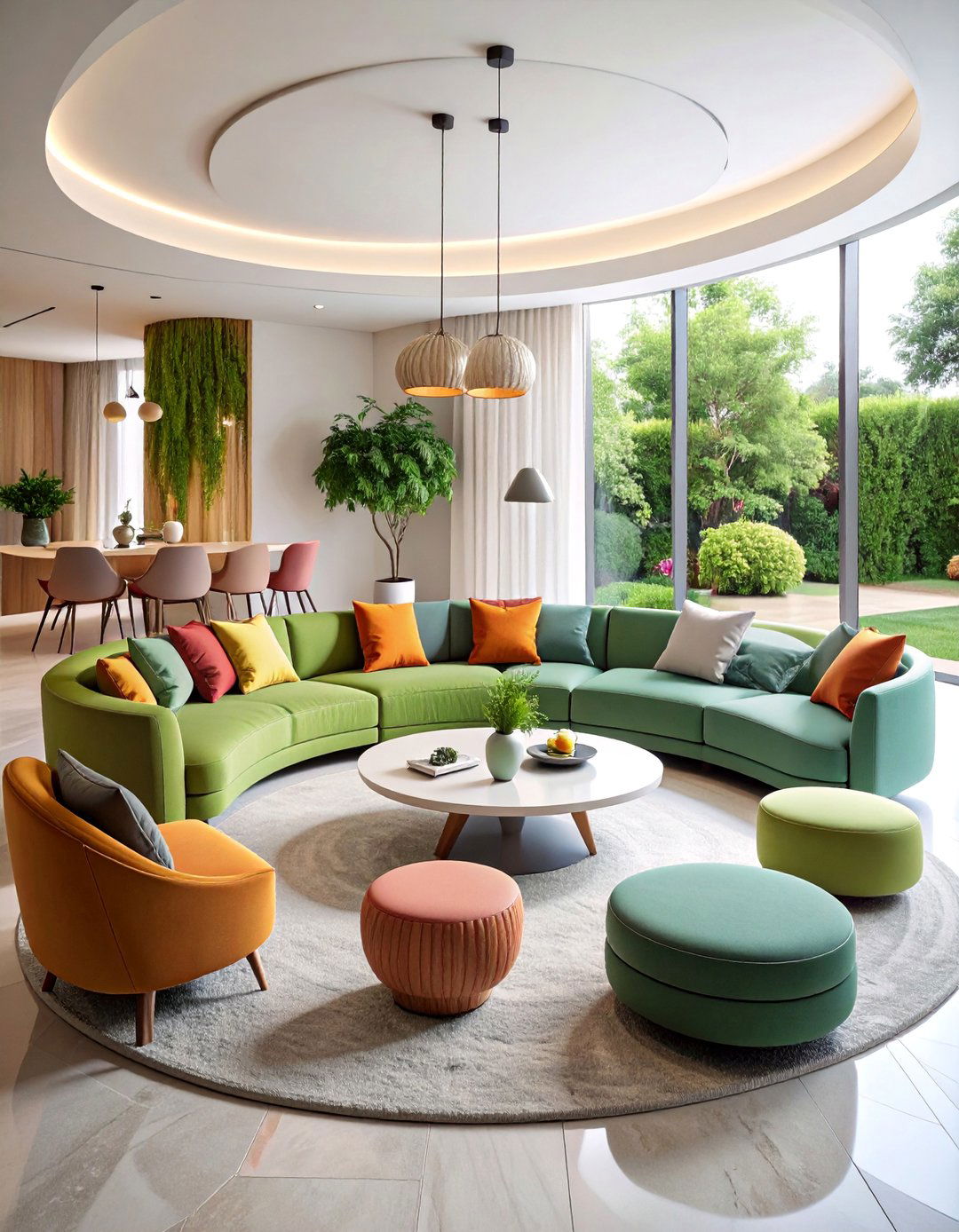
Japanese minimalism merges with Scandinavian warmth through natural materials, neutral colors, and functional furniture that promotes tranquility and mindfulness. Bamboo elements, paper screens, and low-profile seating create authentic Asian influences while maintaining contemporary appeal. Warm wood tones in oak and maple provide Scandinavian coziness through flooring, furniture, and architectural details. Soft textiles in natural fibers, minimal accessories, and abundant natural light contribute to the serene, uncluttered atmosphere that defines this peaceful contemporary fusion.
11. Contemporary Monochromatic Sophistication

Single color families explored through varying shades, textures, and finishes create sophisticated contemporary spaces with remarkable depth and visual interest. Cream, gray, or beige palettes gain complexity through matte and glossy surfaces, smooth and textured materials, and light and shadow play. Strategic accent lighting highlights different tones within the monochromatic scheme while maintaining overall harmony and elegance. Furniture pieces in similar color families but varying textures prevent monotony while sophisticated accessories add subtle visual punctuation throughout the refined environment.
12. Contemporary Art-Focused Gallery Style

Large-scale contemporary artwork becomes the primary design element while furniture and accessories provide neutral backgrounds that showcase creative expression. Gallery-style lighting systems including track lights and picture lights ensure proper illumination for art appreciation while maintaining contemporary aesthetics. Clean-lined furniture in neutral tones allows colorful or dramatic artwork to take center stage without visual competition. Open floor plans and minimal accessories create museum-like environments where art can be properly appreciated while maintaining comfortable, livable contemporary spaces.
13. Contemporary Textural Layering Design
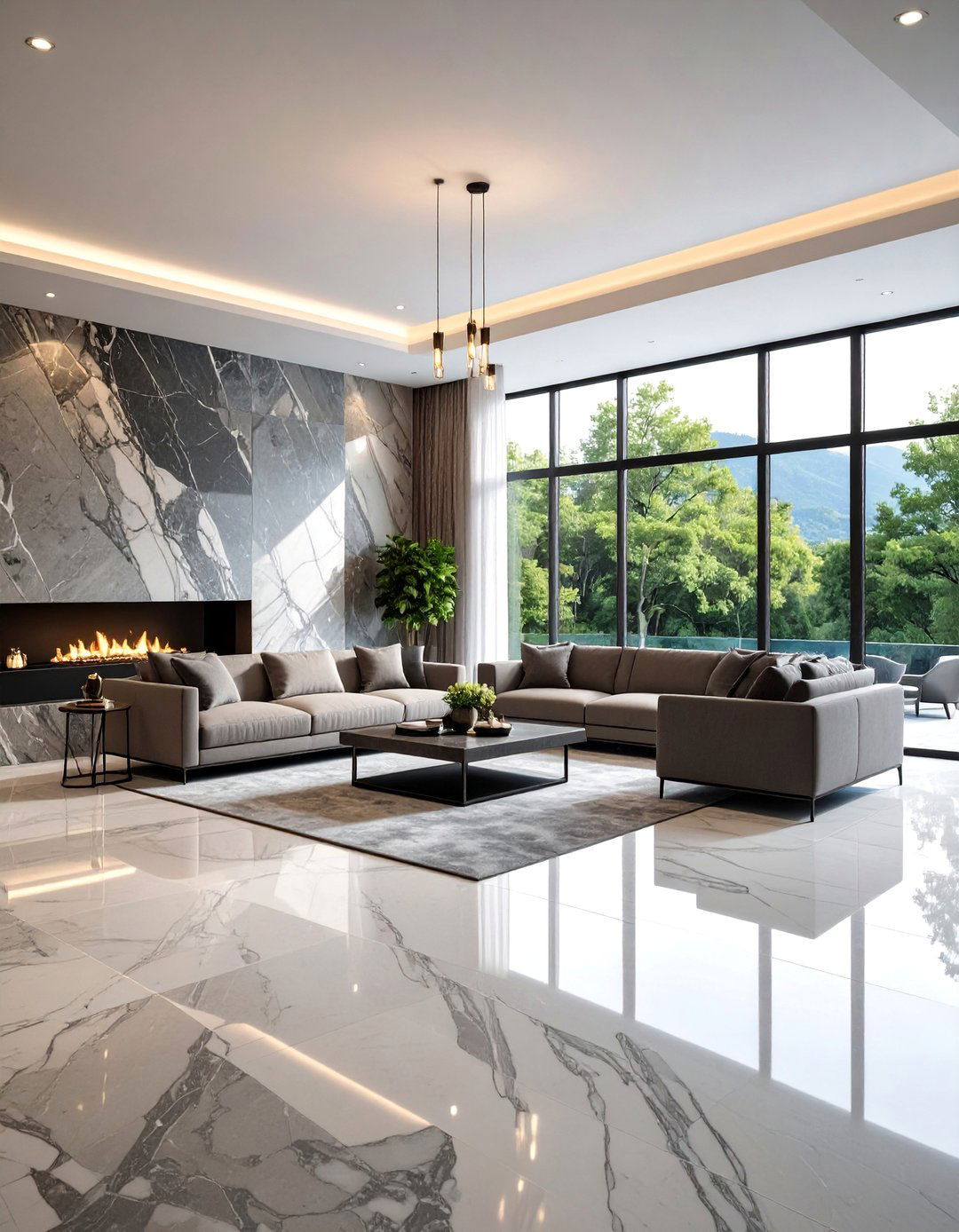
Multiple textures including rough stone, smooth metals, soft fabrics, and natural wood create rich sensory experiences in contemporary interiors. Tactile wall treatments like plaster finishes, stone veneer, and wood paneling add architectural interest while maintaining clean contemporary lines. Layered textiles through area rugs, throw pillows, and window treatments contribute softness and warmth to harder contemporary surfaces. Lighting design emphasizes textural elements through strategic placement that creates shadows and highlights, enhancing the three-dimensional quality of layered surfaces.
14. Contemporary Smart Lighting Showcase
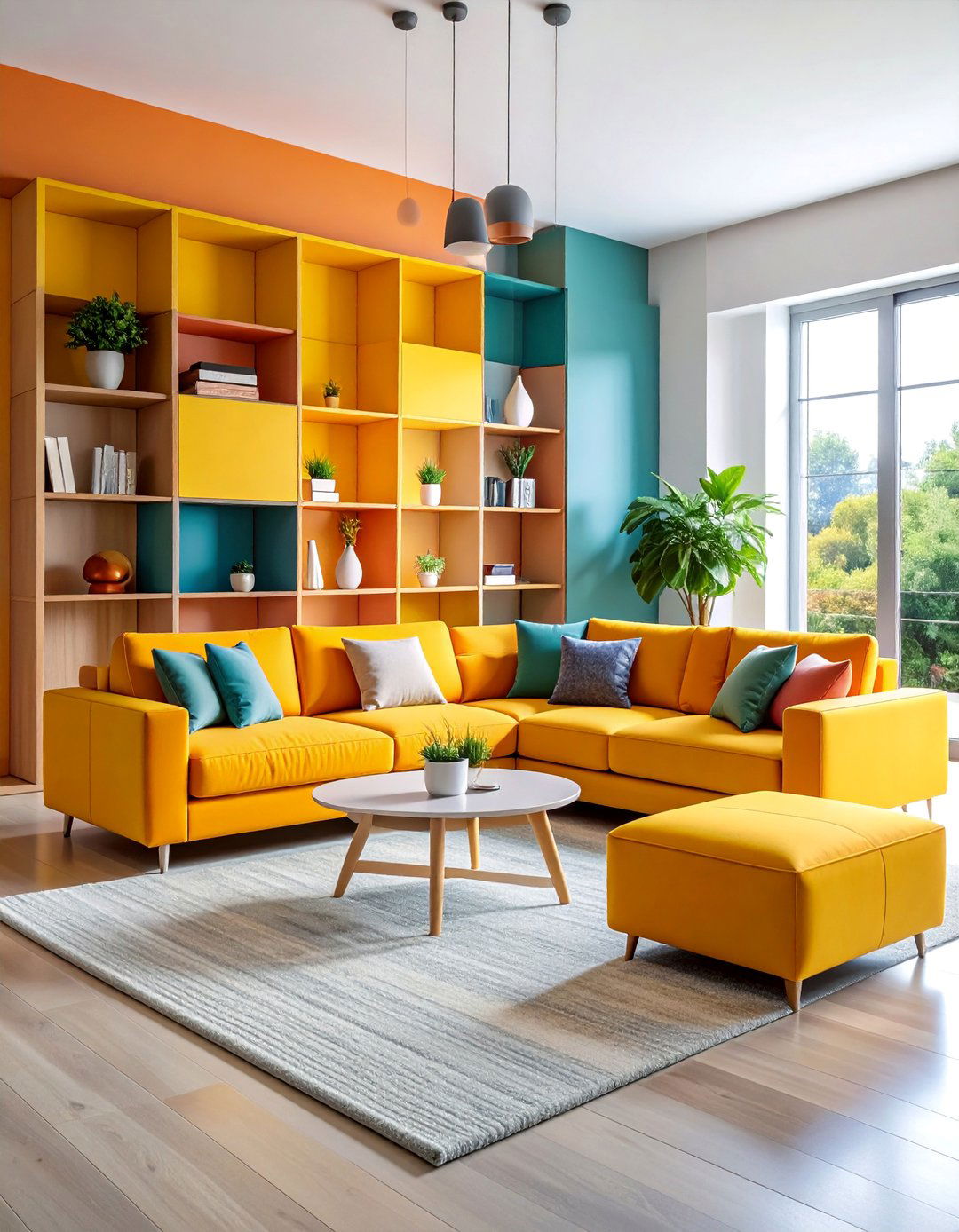
Advanced lighting systems with color-changing capabilities, dimming controls, and automated scheduling create dynamic contemporary environments that adapt throughout the day. Sculptural light fixtures serve as functional art pieces while smart bulbs hidden in architectural details provide ambient illumination. Human-centric lighting that mimics natural daylight cycles promotes wellness while contemporary fixture designs maintain aesthetic sophistication. Voice control and smartphone apps allow effortless adjustment of lighting scenes that enhance different activities while maintaining the contemporary design's visual integrity.
15. Contemporary Curved Furniture Collection

Rounded sofas, circular dining tables, and organic-shaped accessories create flowing contemporary spaces that prioritize comfort and visual softness. Plush upholstered seating with curved silhouettes invites relaxation while maintaining the sophisticated lines characteristic of contemporary design. Coffee tables, side tables, and storage pieces feature smooth, flowing edges that create visual continuity throughout the space. Curved architectural elements like arched windows or rounded corners complement the furniture choices while soft lighting enhances the gentle, flowing quality of the curved contemporary aesthetic.
16. Contemporary Color-Drenched Environments
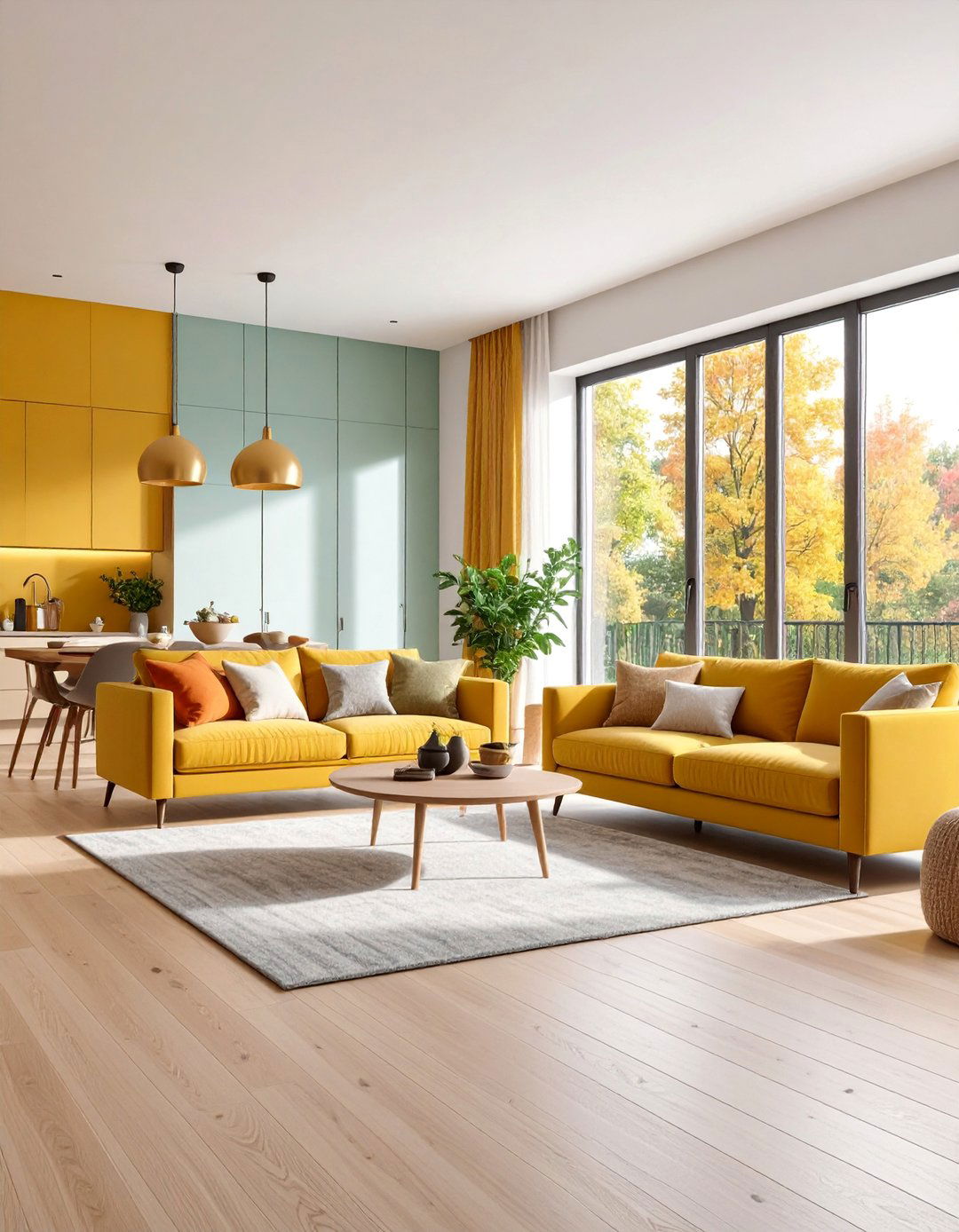
Single bold colors applied to walls, ceilings, and coordinating furnishings create immersive contemporary spaces with dramatic impact and sophisticated cohesion. Rich burgundy, deep forest green, or warm caramel tones envelop rooms while varying shades and textures prevent overwhelming intensity. Contemporary furniture in complementary neutrals provides visual relief while metallic accents add glamour and sophistication to the monochromatic color scheme. Strategic lighting design enhances color saturation while contemporary artwork and accessories work within the chosen palette to create harmonious, dramatic contemporary environments.
17. Contemporary Mixed-Metal Accent Design
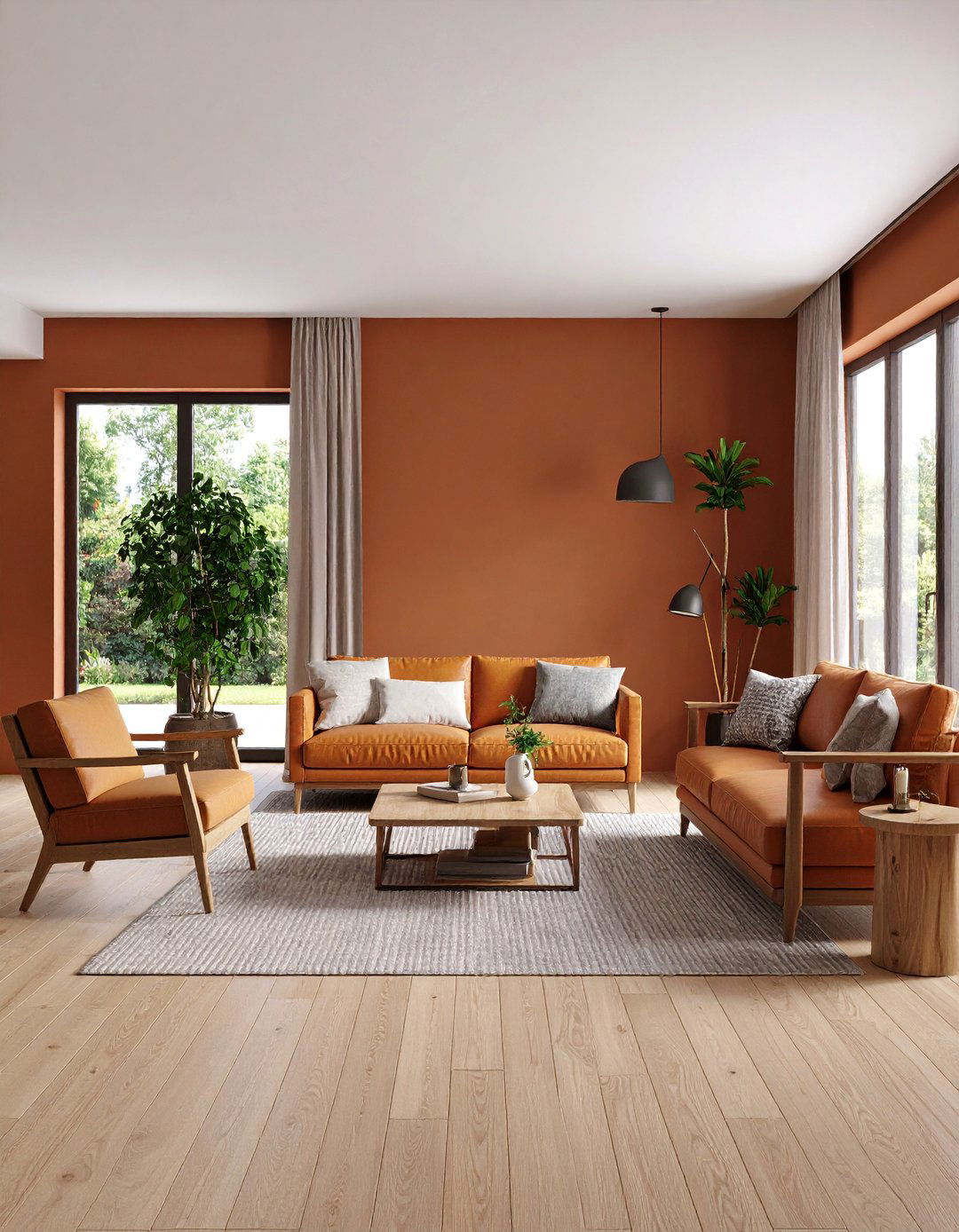
Brass, copper, chrome, and blackened steel elements combine thoughtfully throughout contemporary spaces to create sophisticated metallic layering without visual chaos. Lighting fixtures, hardware, and decorative accessories feature different metal finishes that complement rather than compete with each other. Warm metals like brass and copper add richness while cooler metals like chrome and steel provide contemporary edge and sophistication. Contemporary furniture pieces incorporate mixed-metal details while maintaining overall design cohesion through careful proportion and strategic placement throughout the modern living environment.
18. Contemporary Statement Ceiling Design

Bold ceiling treatments including exposed beams, dramatic paint colors, or architectural lighting become focal points in contemporary interiors. Wood-clad ceilings, geometric coffers, or metallic finishes add visual interest overhead while maintaining clean contemporary lines throughout the space. Suspended lighting fixtures and ceiling-mounted artwork create additional visual layers while contemporary furniture below remains streamlined and uncluttered. Natural light from skylights or large windows interacts with ceiling treatments to create dynamic shadow patterns that enhance the contemporary architectural drama.
19. Contemporary Low-Profile Furniture Style
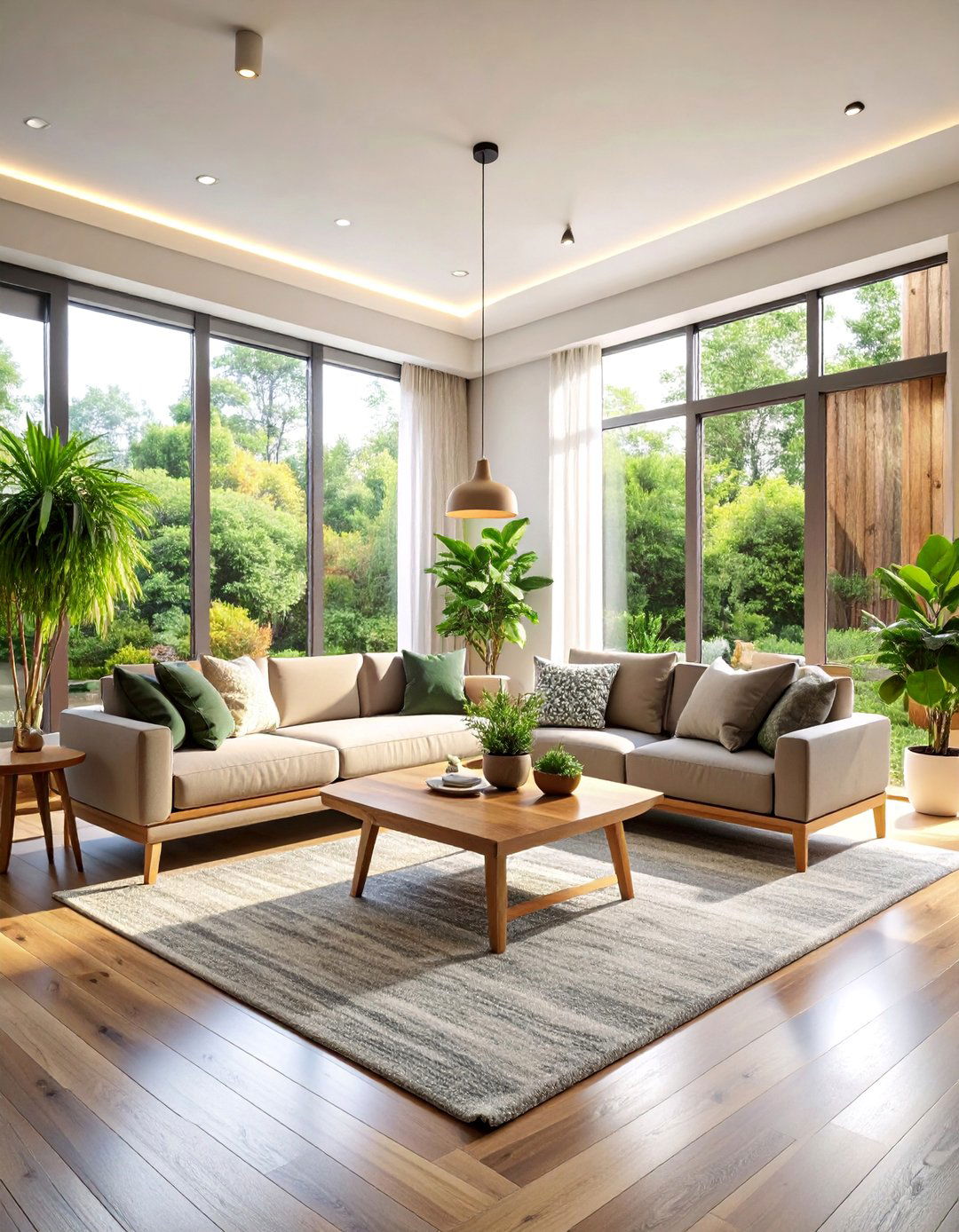
Floor-sitting and low-height furniture pieces create relaxed contemporary environments that emphasize horizontal lines and casual comfort. Platform beds, low-back sofas, and floor cushions promote informal living while maintaining sophisticated contemporary aesthetics through high-quality materials and refined proportions. Coffee tables, side tables, and storage pieces feature minimal height while providing maximum functionality in contemporary floor plans. Ambient lighting at lower levels creates cozy atmosphere while contemporary artwork and accessories work within the horizontal emphasis of the low-profile furniture arrangement.
20. Contemporary Natural Stone Feature Design

Large-scale stone installations including feature walls, fireplace surrounds, or kitchen islands become architectural focal points in contemporary spaces. Marble, granite, limestone, or slate surfaces showcase natural beauty while contemporary lighting enhances the stone's inherent patterns and textures. Modern furniture pieces in neutral tones complement stone features while maintaining overall contemporary sophistication and visual balance. Careful selection of stone varieties ensures compatibility with contemporary color palettes while the natural material adds timeless elegance to modern design schemes.
21. Contemporary Modular Furniture Systems
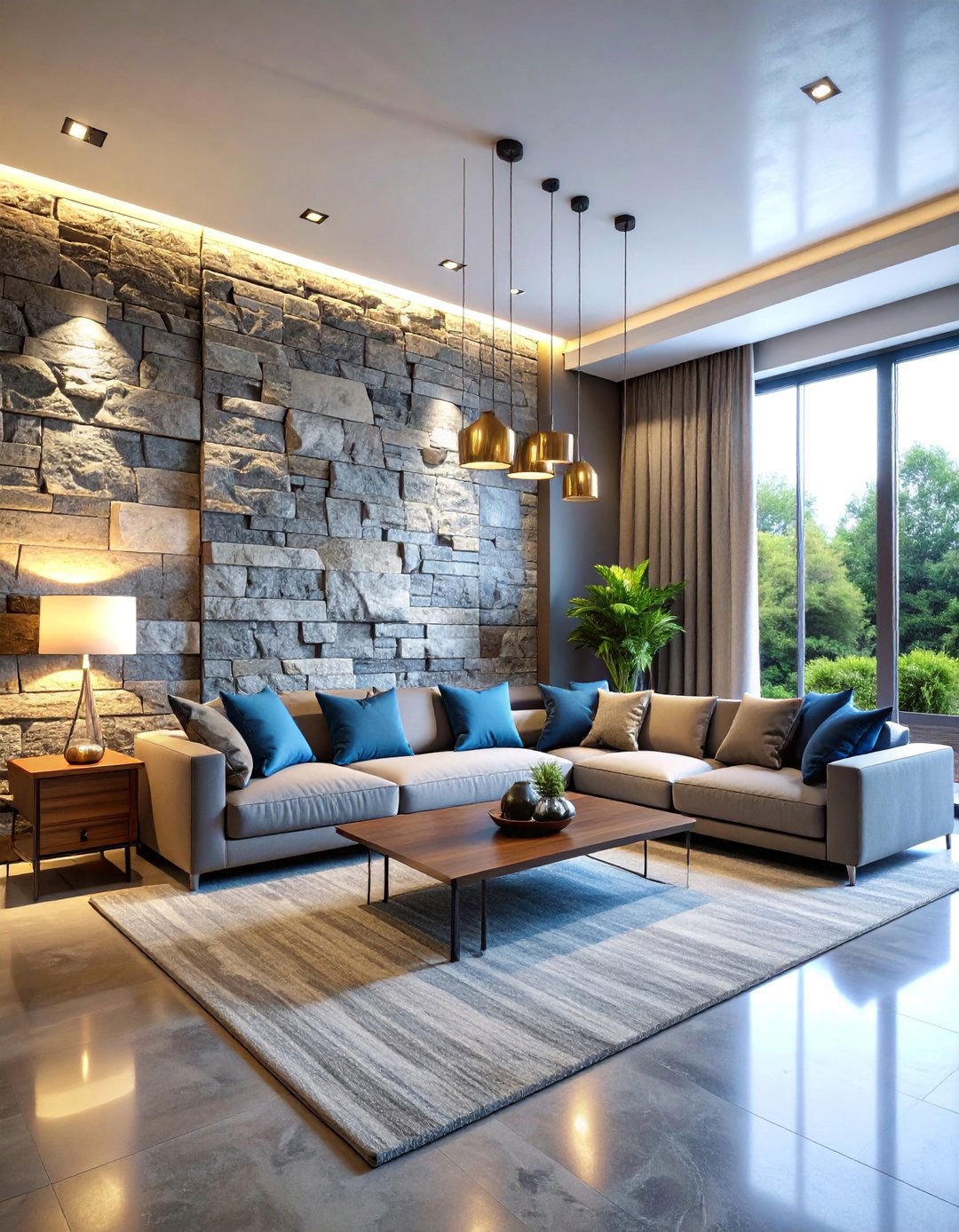
Flexible, reconfigurable furniture pieces adapt to changing needs while maintaining sophisticated contemporary aesthetics through clean lines and quality materials. Modular seating systems, adjustable shelving, and transformable dining tables provide functional versatility in contemporary living spaces. Contemporary design principles of simplicity and functionality guide modular choices while high-quality materials ensure longevity and visual sophistication. Neutral color palettes allow modular pieces to work together harmoniously while contemporary accessories and lighting create cohesive environments that can easily adapt to different configurations.
22. Contemporary Vintage-Modern Fusion Style
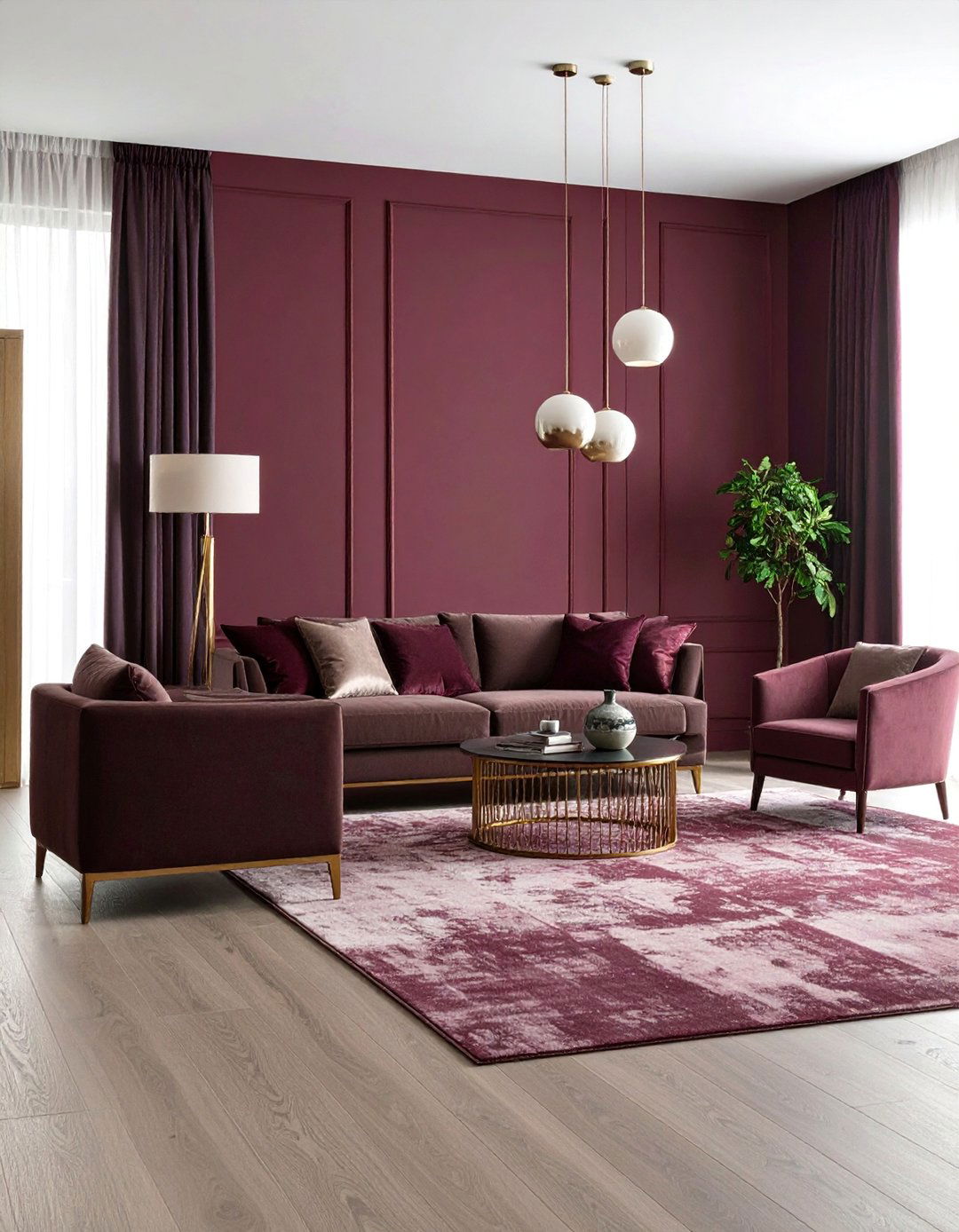
Carefully selected vintage pieces integrate with contemporary furniture to create eclectic yet sophisticated spaces that blend historical character with modern sensibilities. Mid-century vintage lighting, retro textiles, and classic furniture pieces gain new life through contemporary styling and modern color palettes. Contemporary artwork and accessories bridge the gap between old and new while maintaining overall design cohesion and sophisticated visual balance. Strategic placement of vintage elements against contemporary backgrounds creates focal points while modern materials and finishes keep the overall aesthetic current and fresh.
23. Contemporary Geometric Pattern Integration
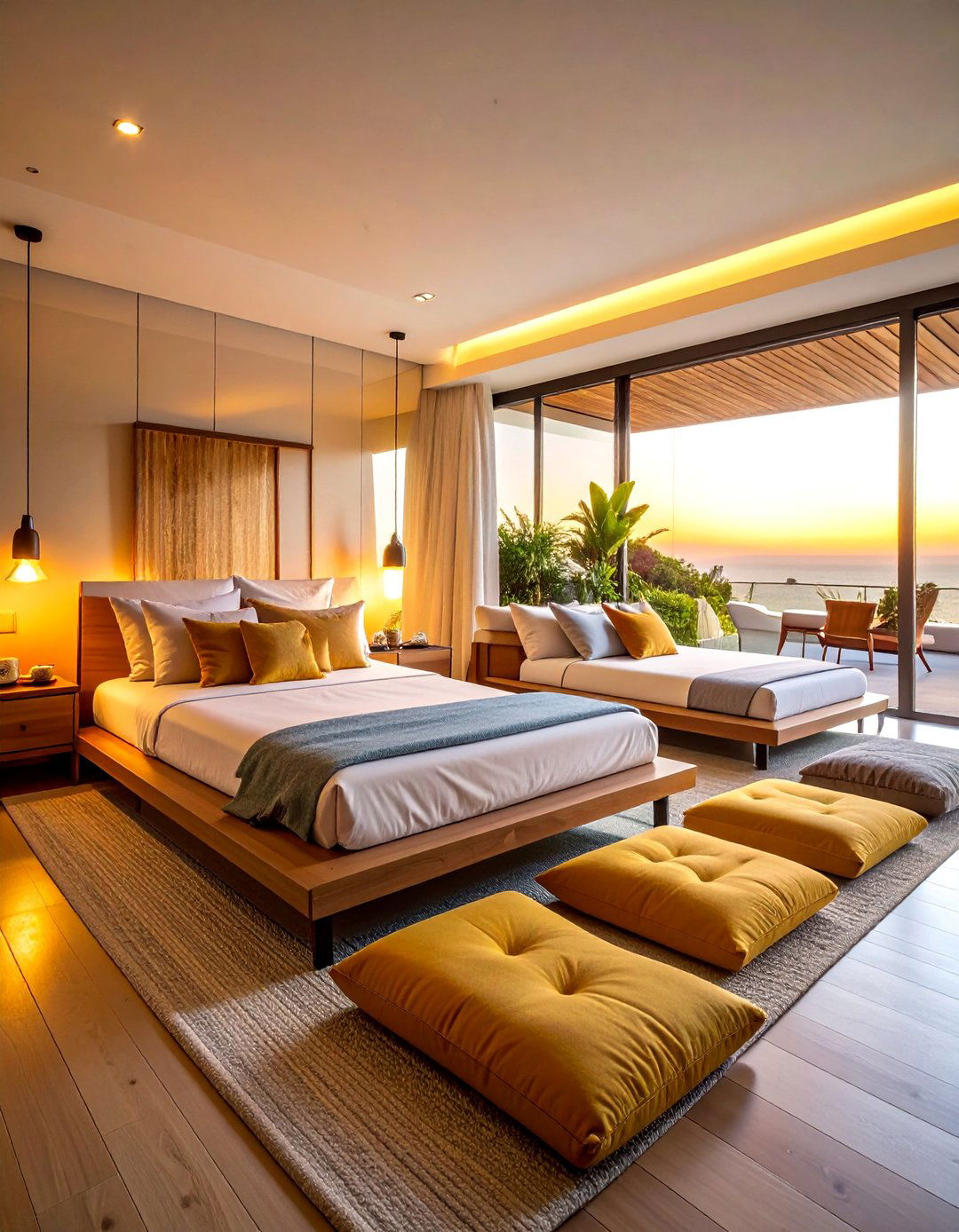
Bold geometric patterns in wallpaper, textiles, and accessories create visual interest in contemporary spaces while maintaining sophisticated design principles. Chevron, hexagon, and abstract geometric motifs appear in area rugs, throw pillows, and wall treatments that complement clean-lined contemporary furniture. Contemporary color palettes in neutral tones allow geometric patterns to create impact without overwhelming the space's overall sophistication. Lighting design emphasizes pattern play through strategic placement while contemporary furniture pieces provide neutral backgrounds that showcase the geometric design elements effectively.
24. Contemporary Open-Concept Flow Design
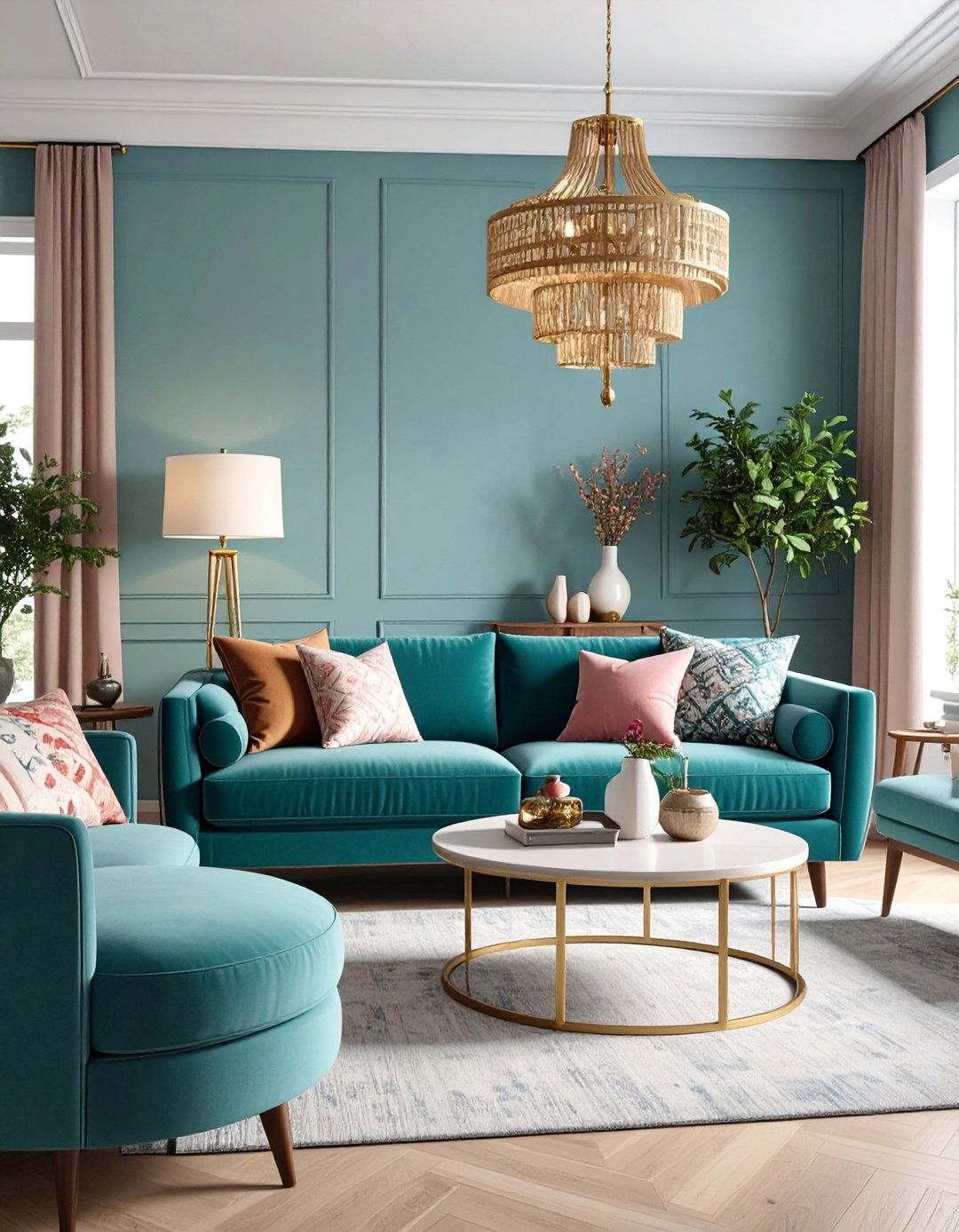
Seamless transitions between living areas create expansive contemporary environments that prioritize flow, natural light, and uncluttered sightlines throughout the space. Contemporary furniture placement defines separate zones while maintaining visual continuity through consistent color palettes and material choices. Strategic lighting design enhances the open feeling while contemporary accessories and artwork create focal points that guide movement through the flowing floor plan. Large windows, glass doors, and minimal window treatments maximize natural light while contemporary materials and finishes create cohesive environments that feel spacious and sophisticated.
25. Contemporary Wellness-Focused Sanctuary Design
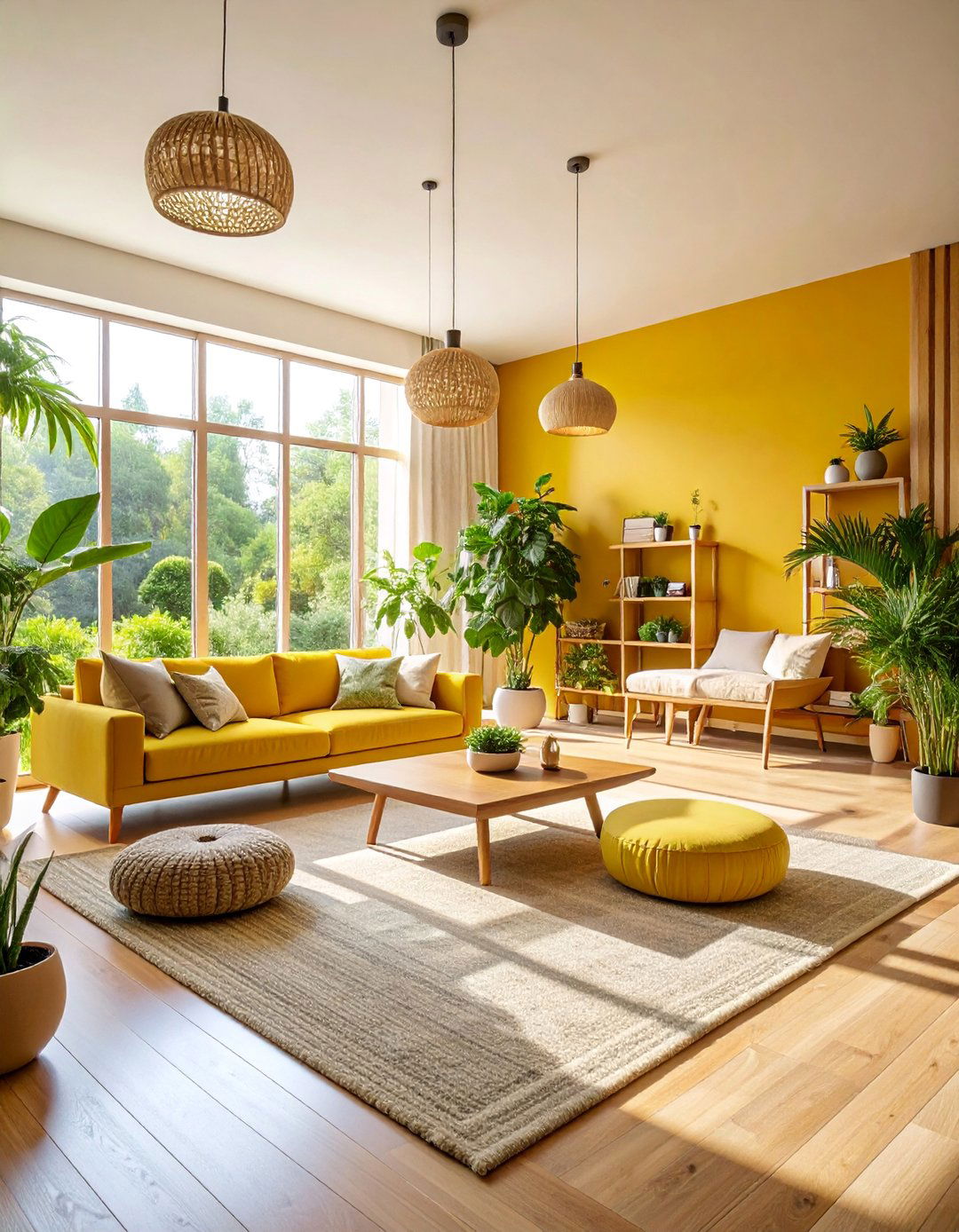
Health and wellbeing priorities guide contemporary design choices through air-purifying plants, natural materials, and lighting systems that support circadian rhythms. Meditation areas, exercise spaces, and relaxation zones integrate seamlessly with contemporary aesthetics while promoting physical and mental wellness. Natural materials like wood, stone, and organic textiles create calming environments while contemporary furniture provides comfortable, ergonomic support for daily activities. Smart home technology monitors air quality, lighting, and temperature while contemporary design principles ensure that wellness features enhance rather than disrupt the sophisticated aesthetic throughout the nurturing living environment.
Conclusion:
Contemporary interior design in 2025 celebrates the perfect balance between innovation and comfort, technology and nature, boldness and serenity. These diverse approaches demonstrate how contemporary aesthetics can adapt to individual lifestyles while maintaining sophisticated design principles. Whether embracing earthy minimalism, smart home integration, or wellness-focused sanctuaries, each style offers unique solutions for modern living that prioritize both visual appeal and functional excellence.



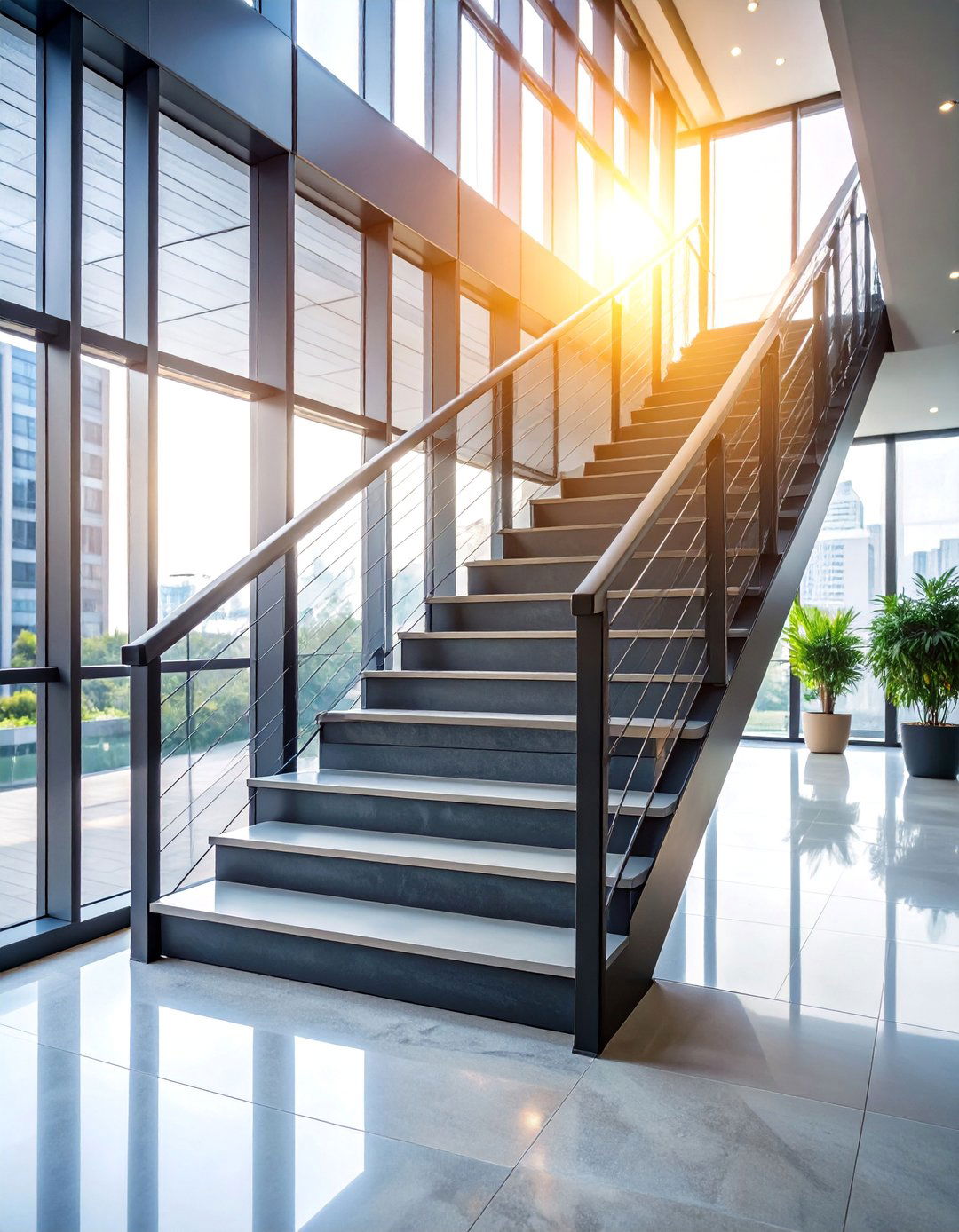



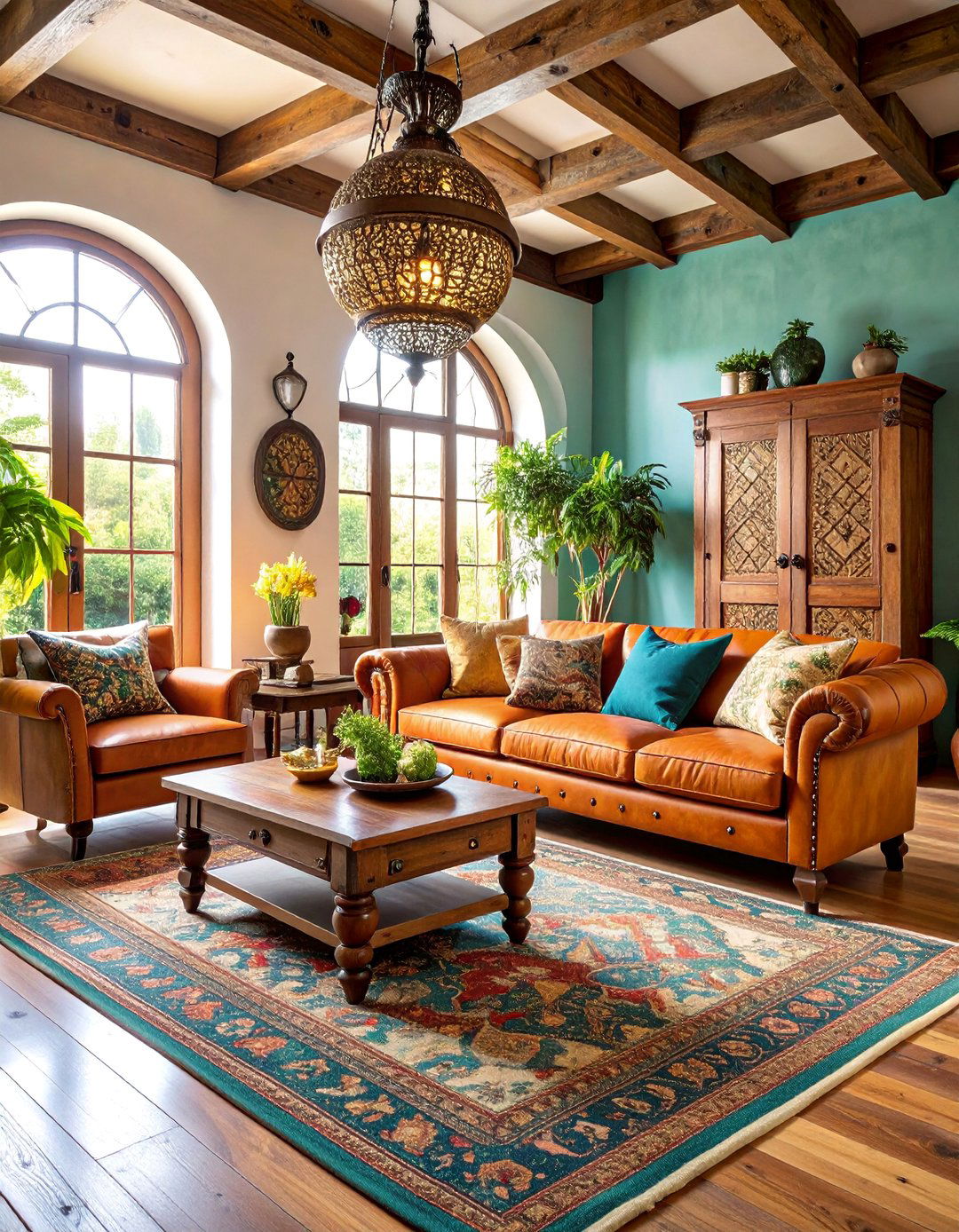
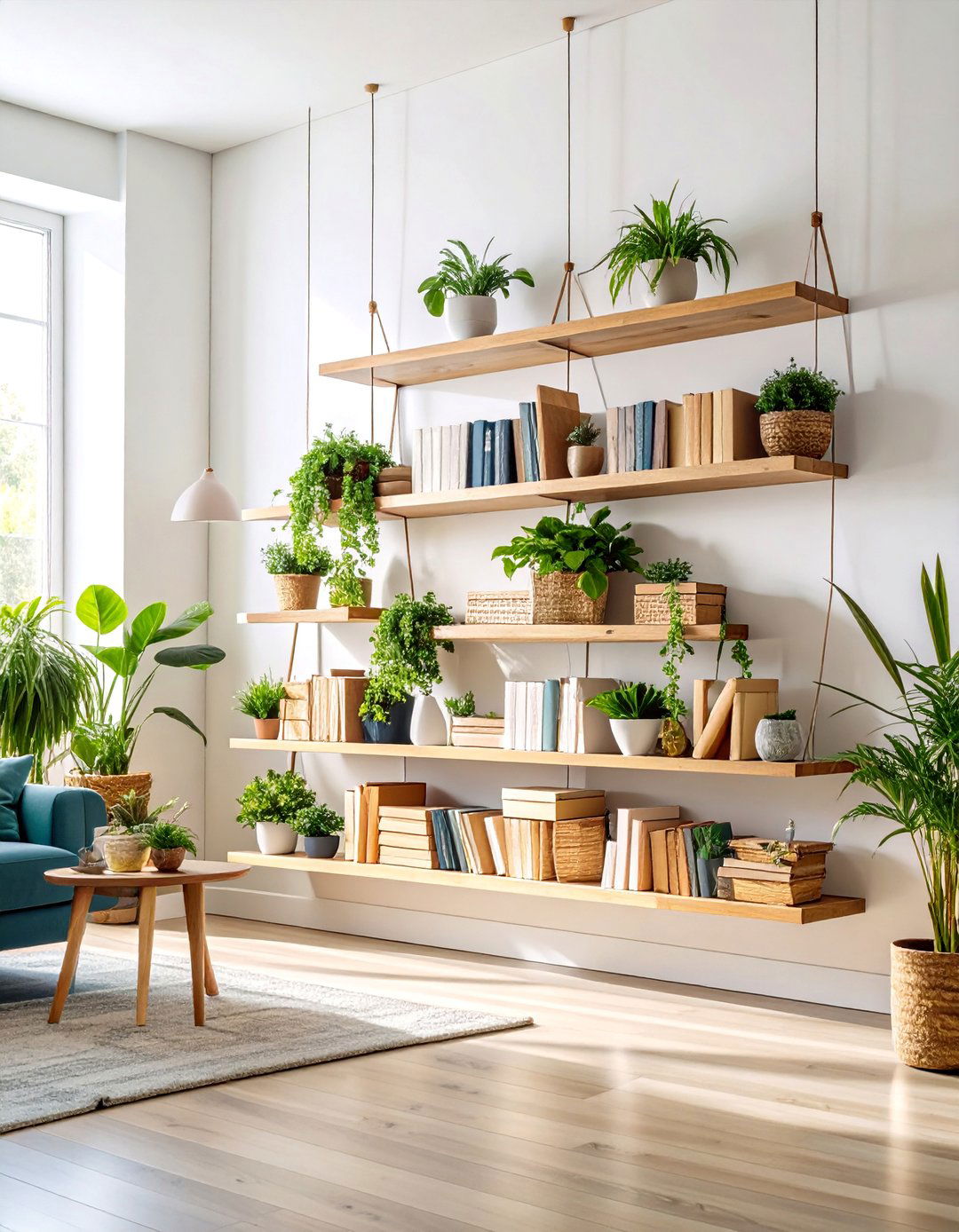


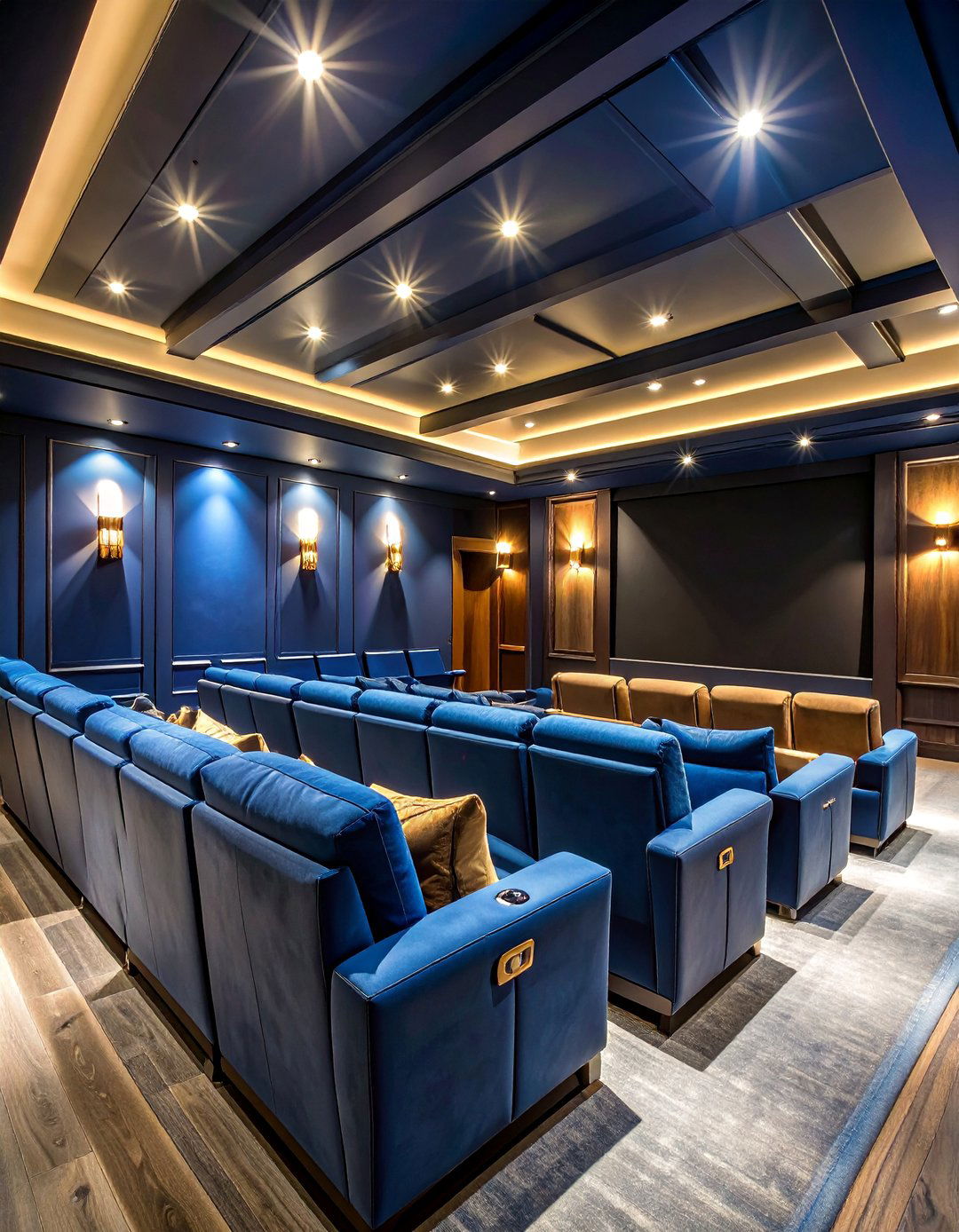

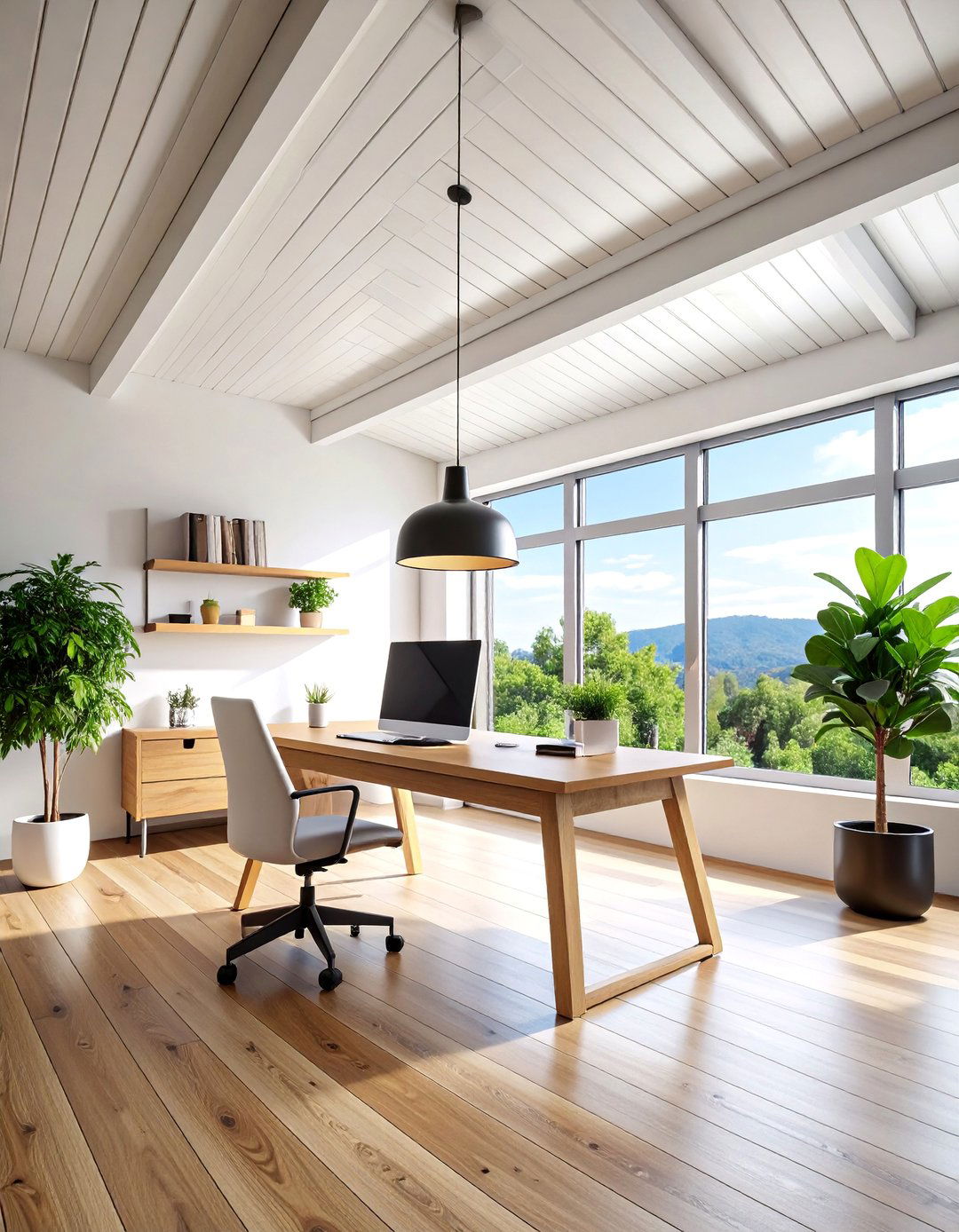

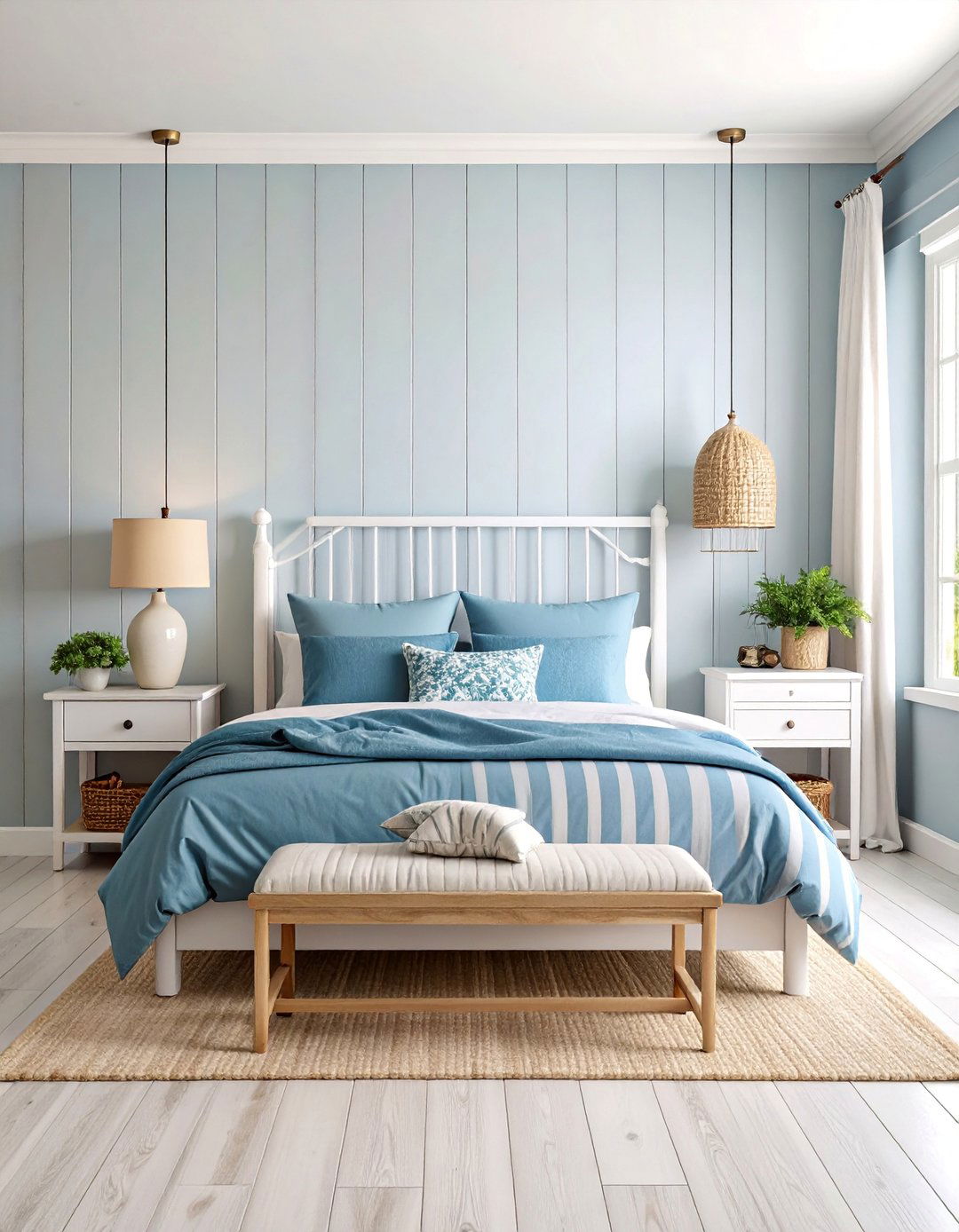

Leave a Reply